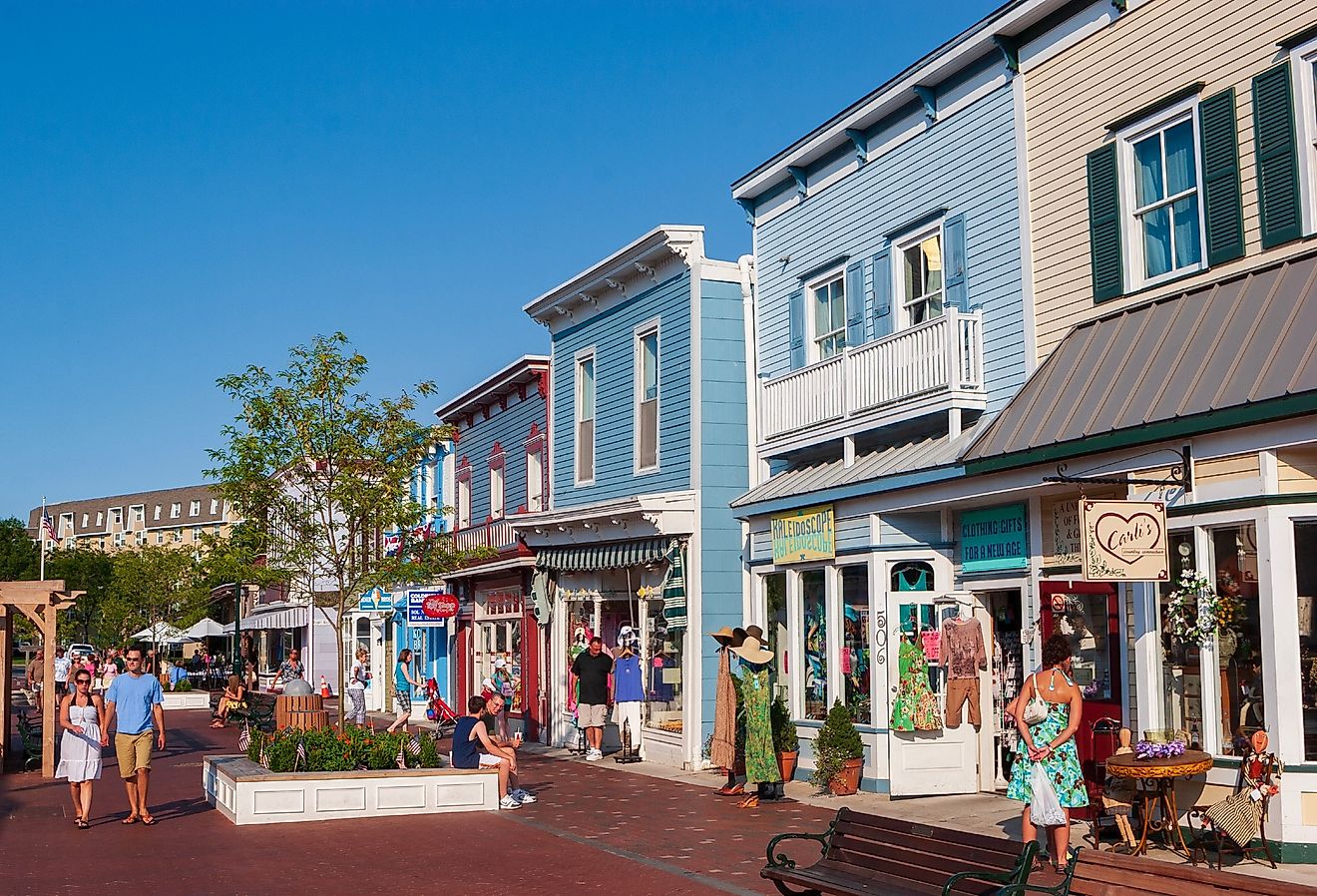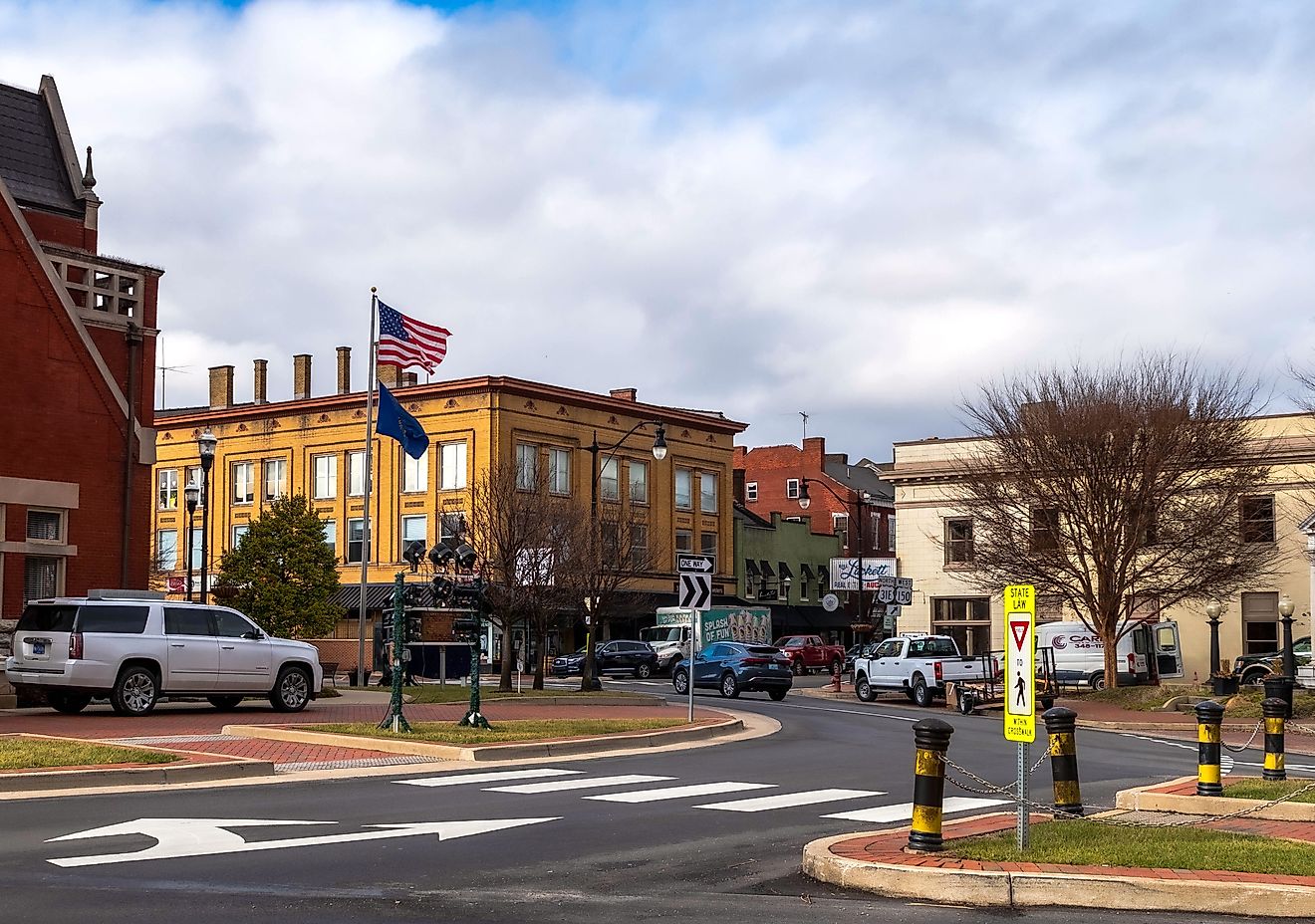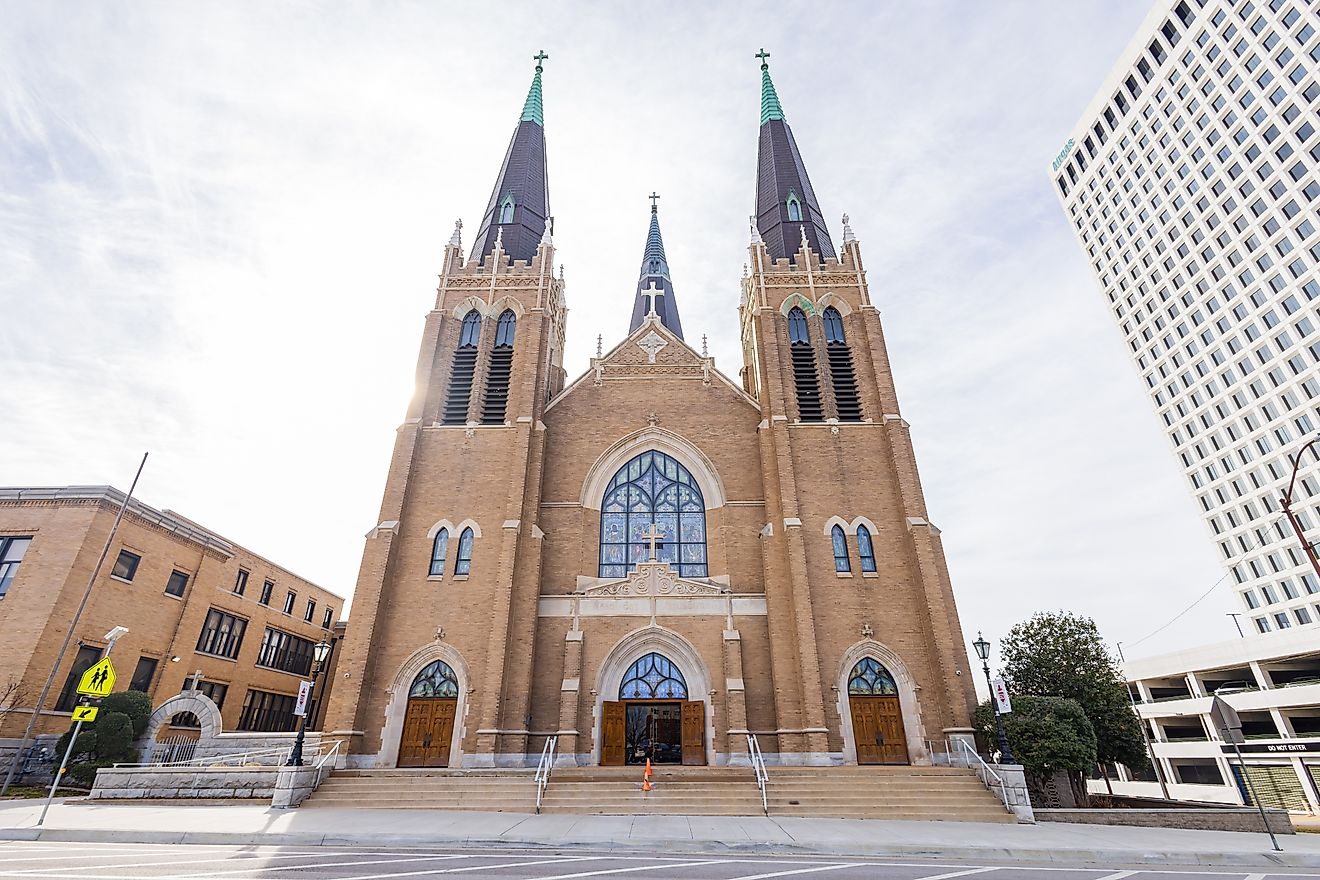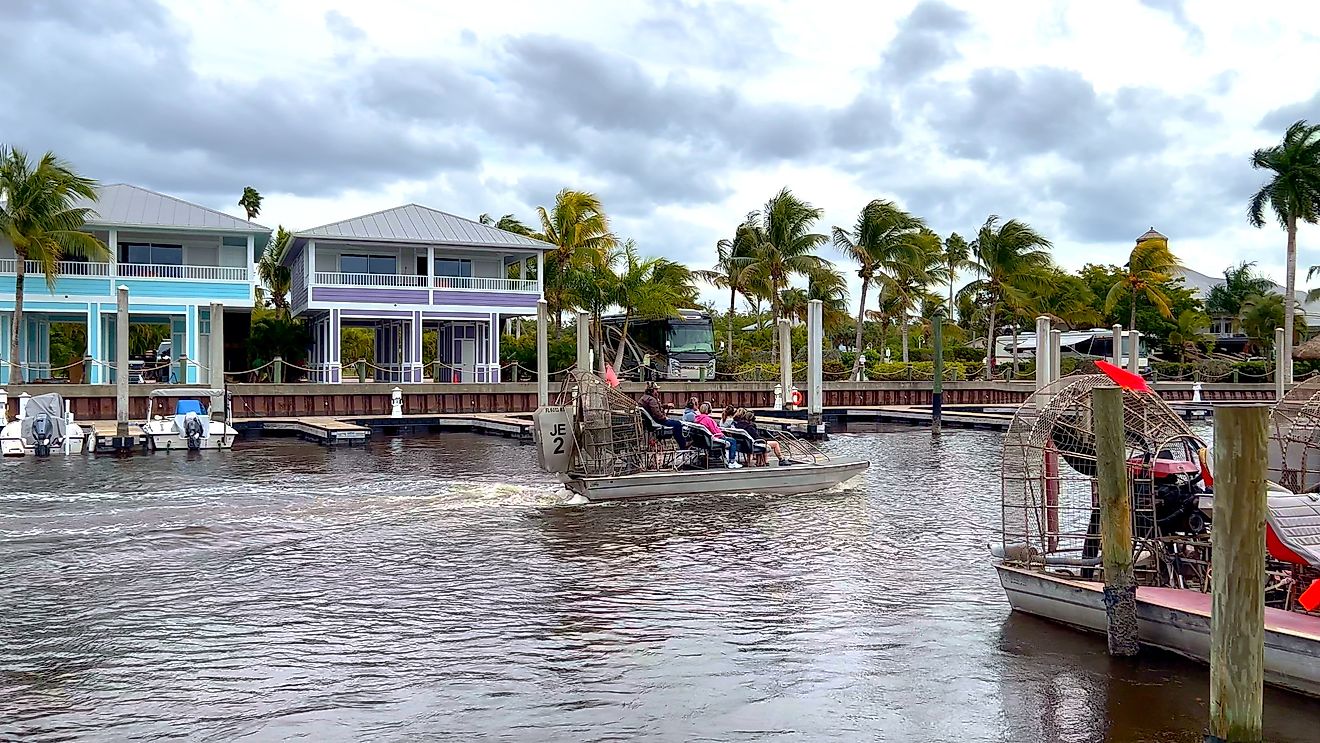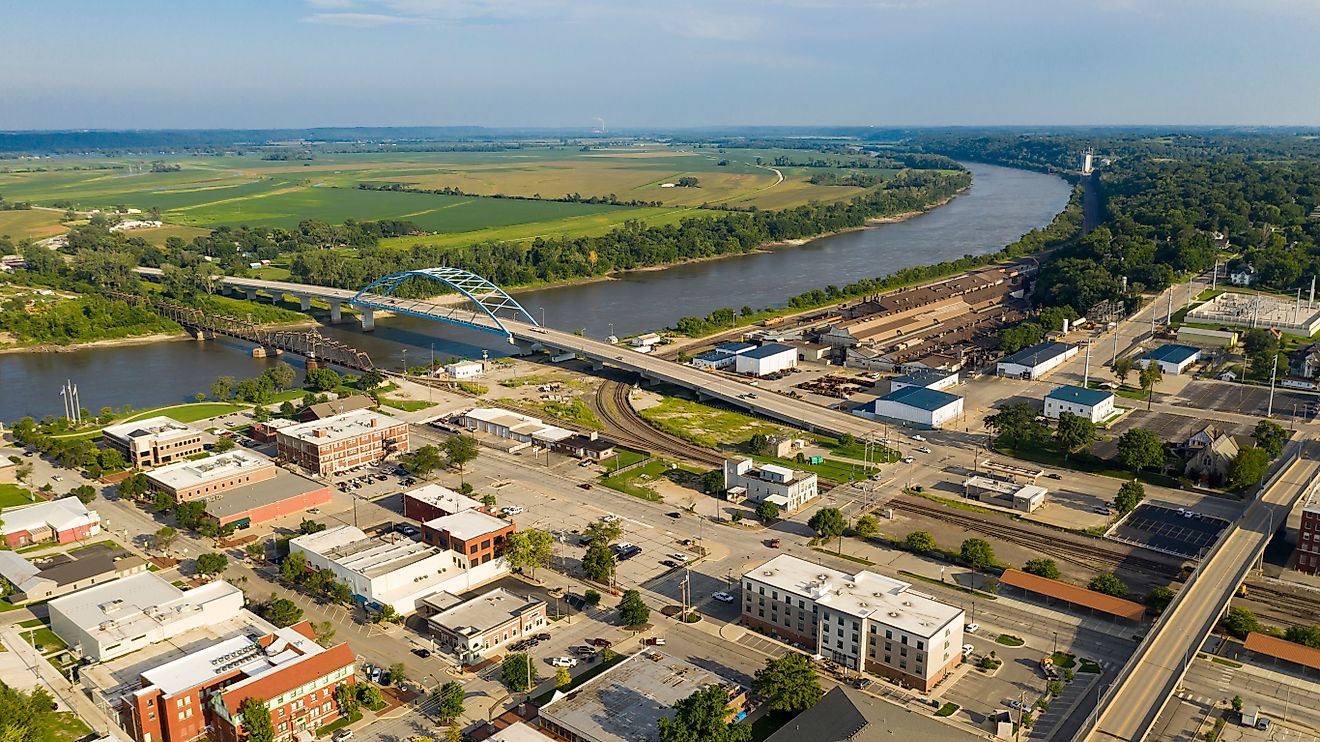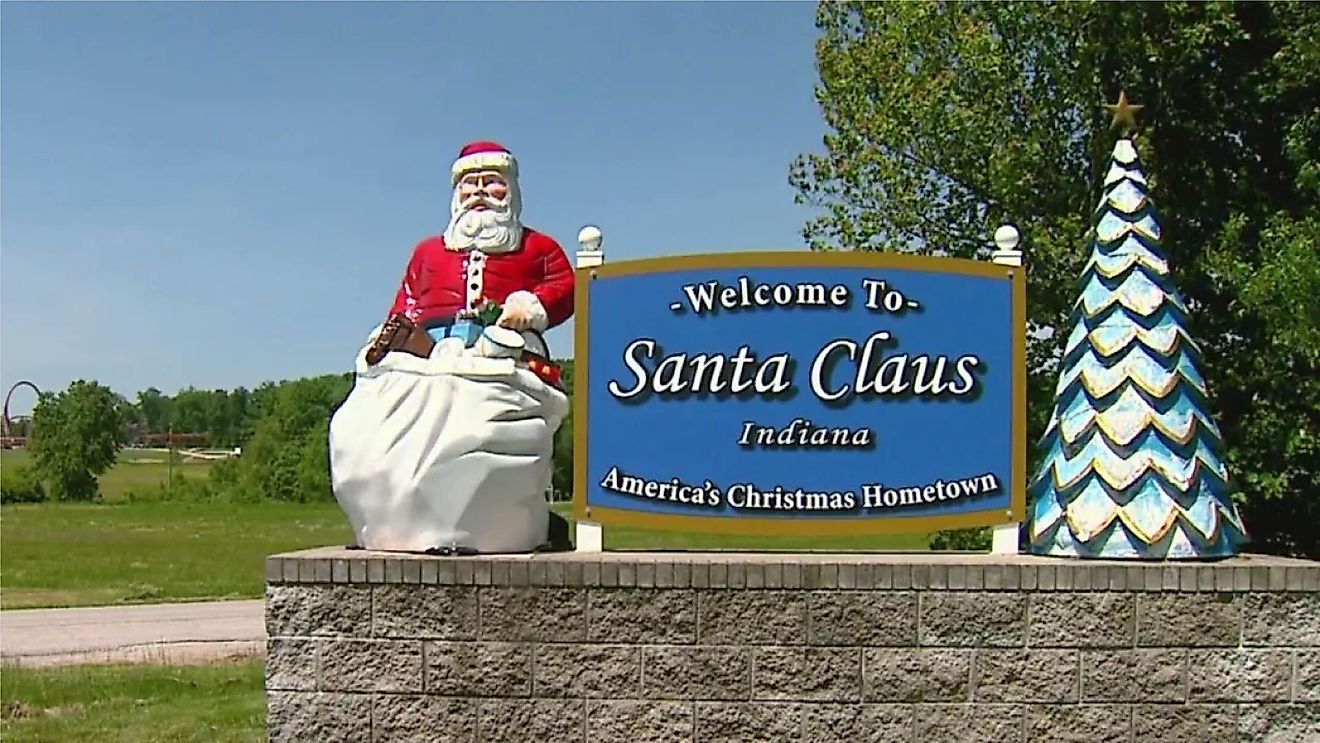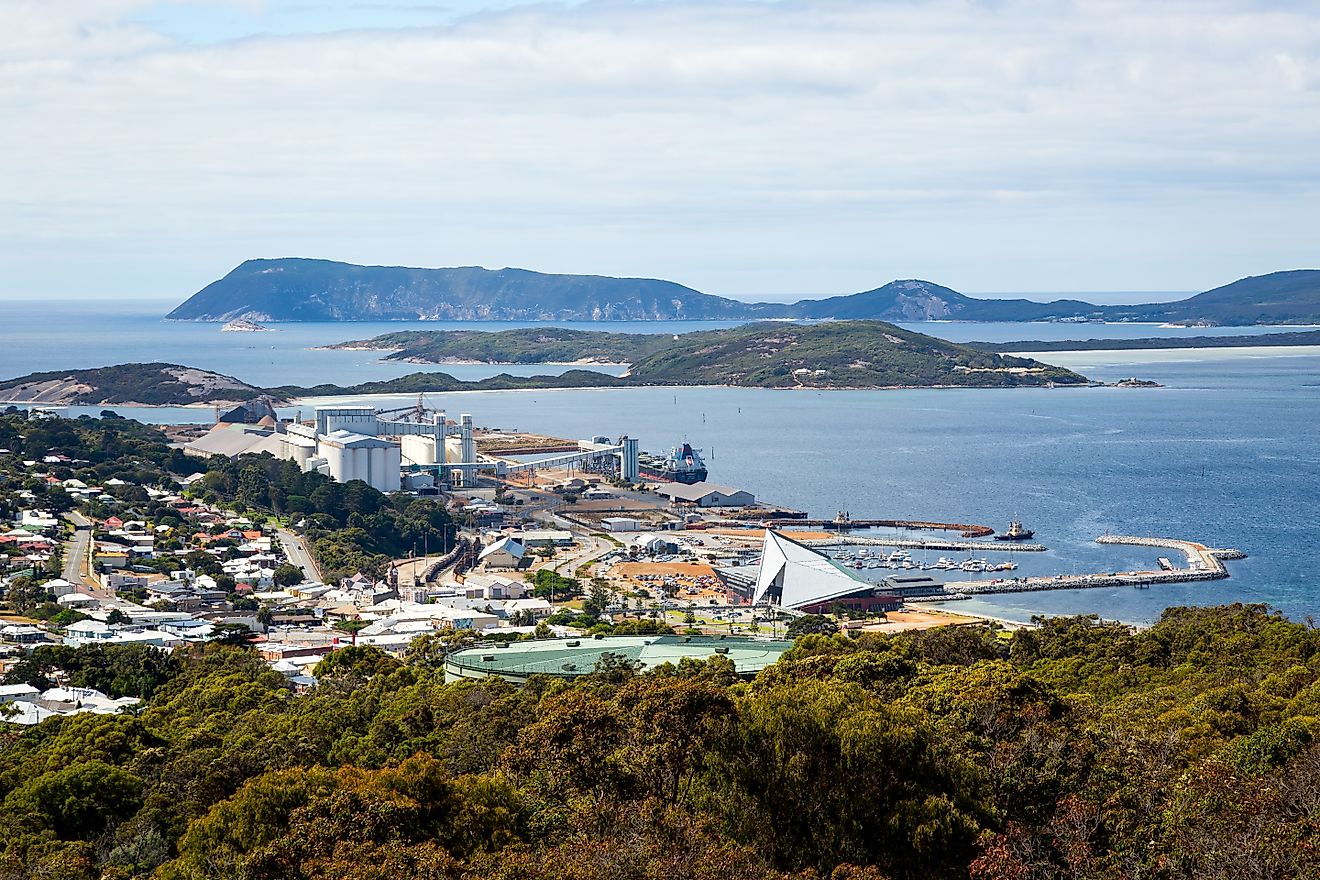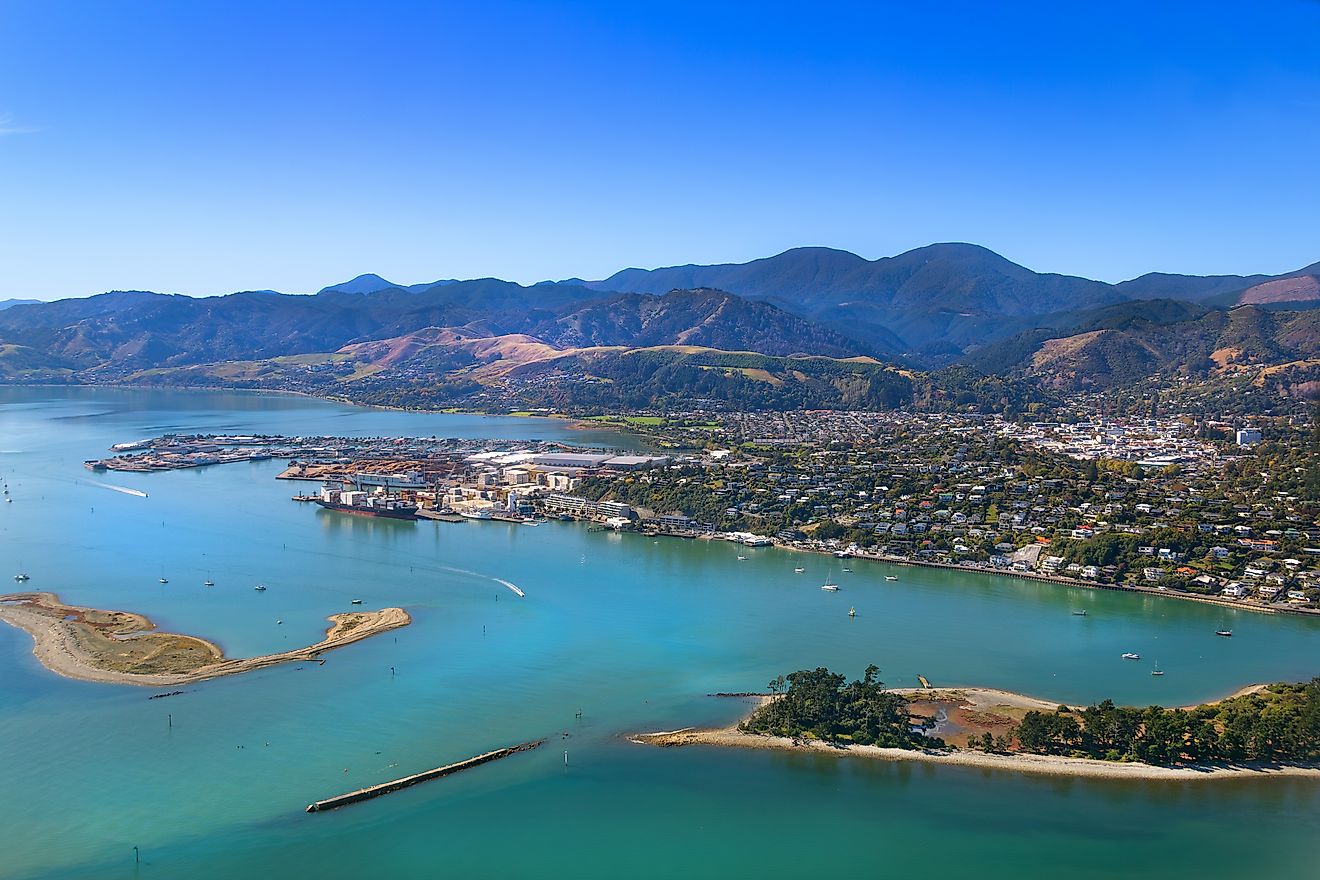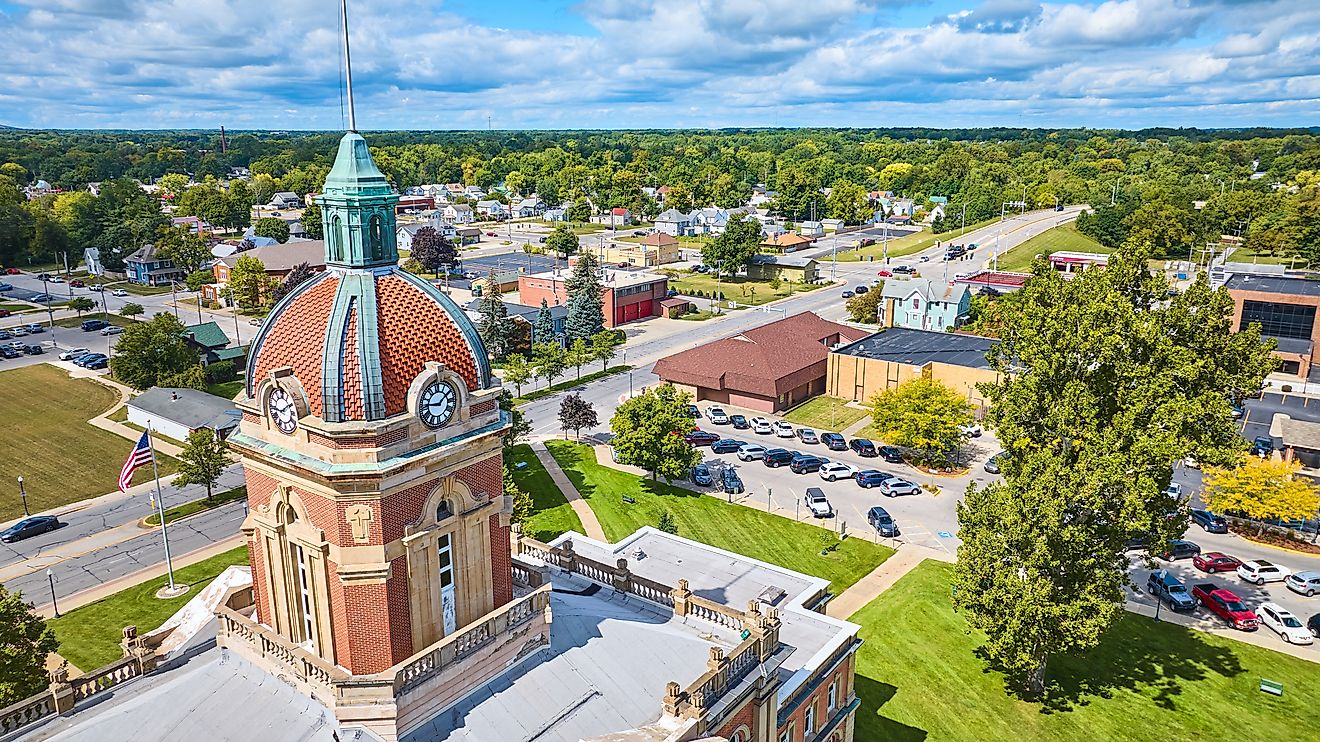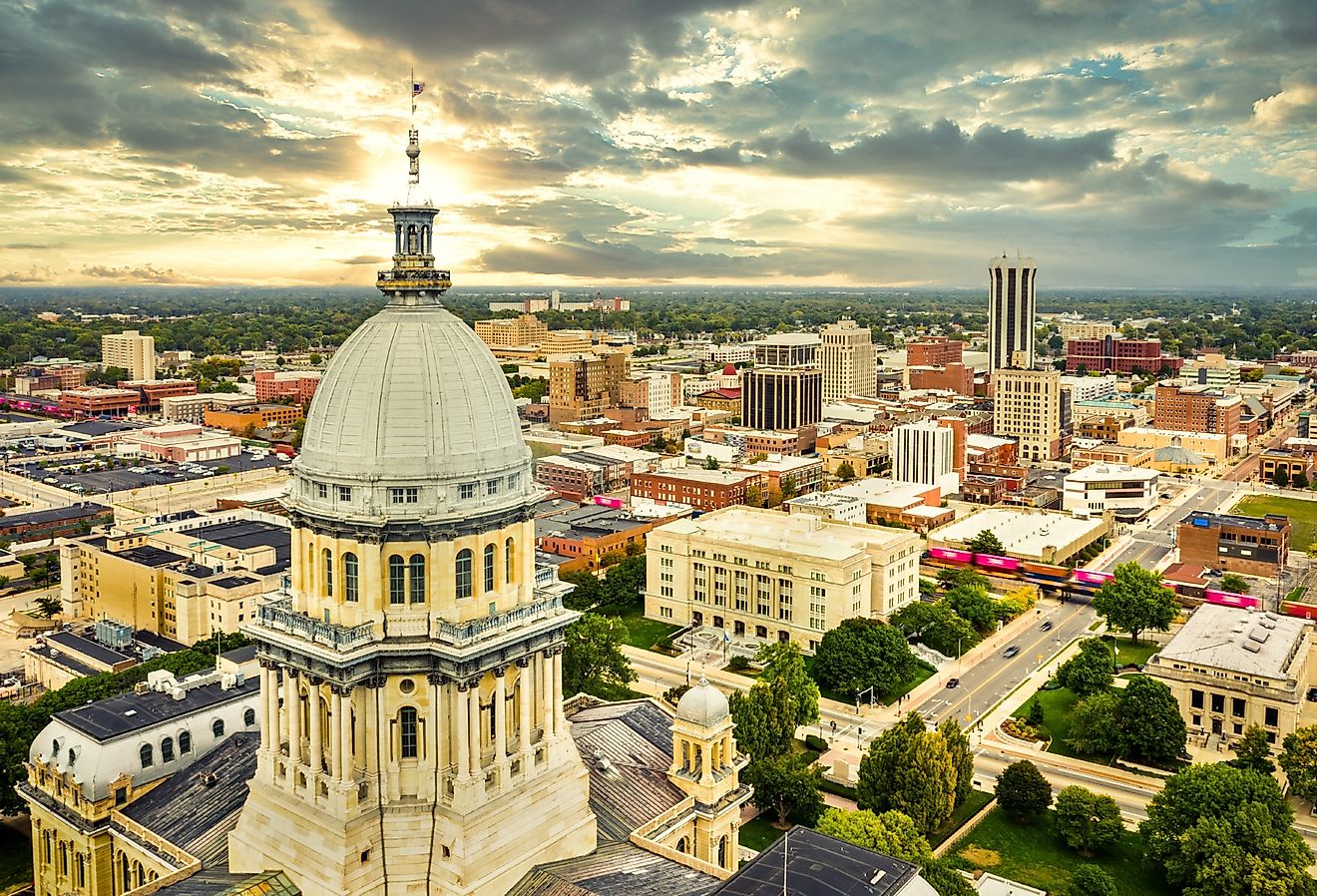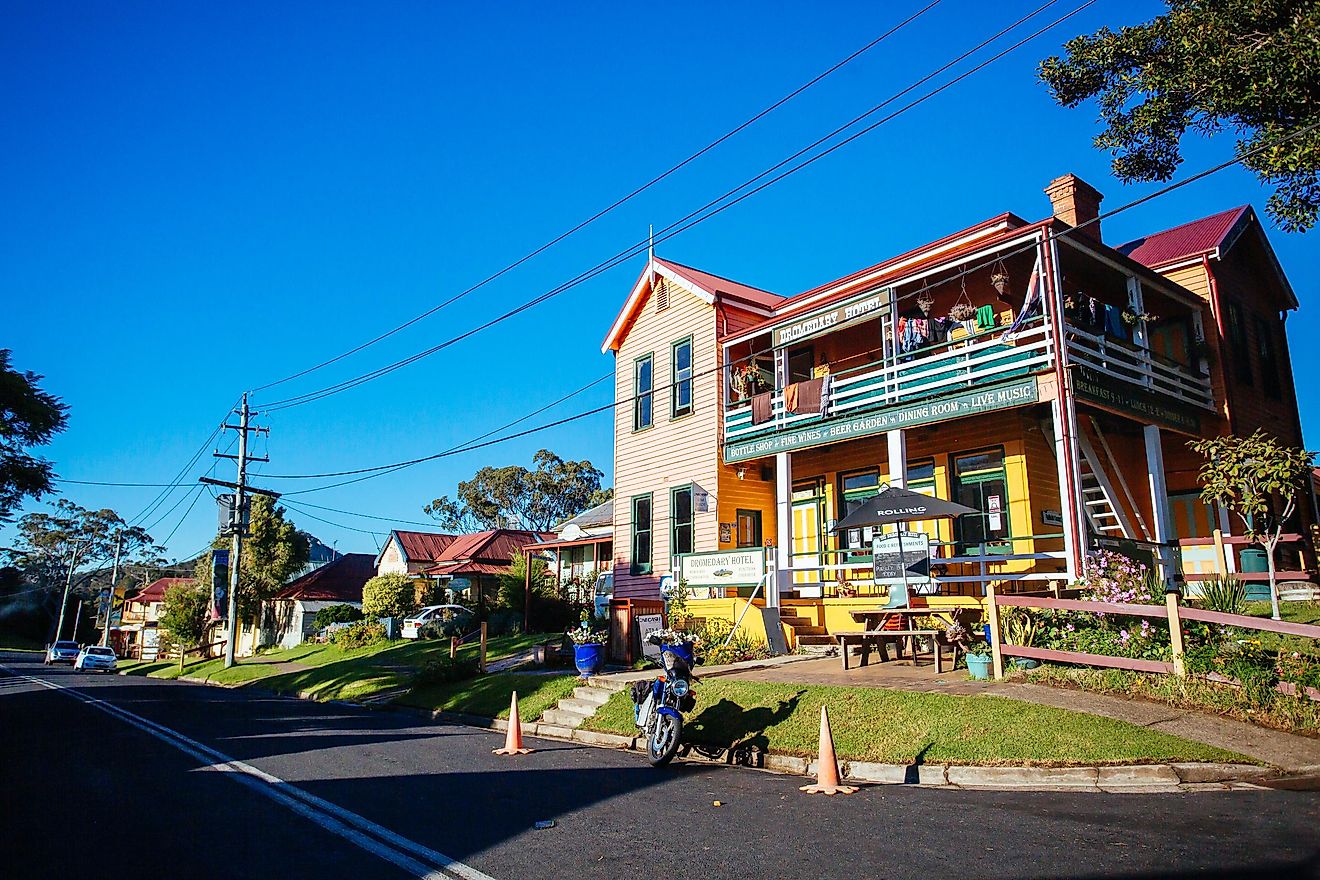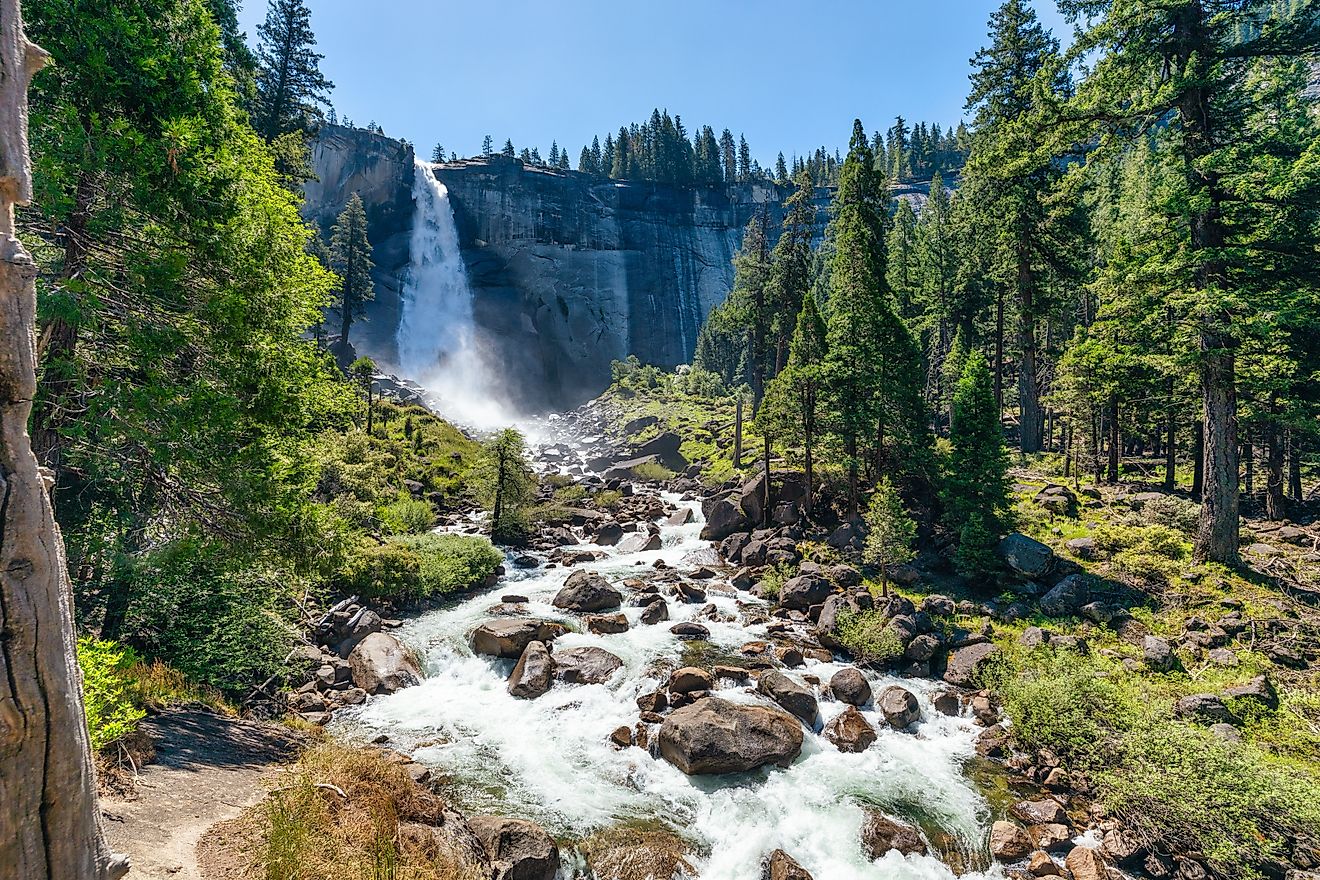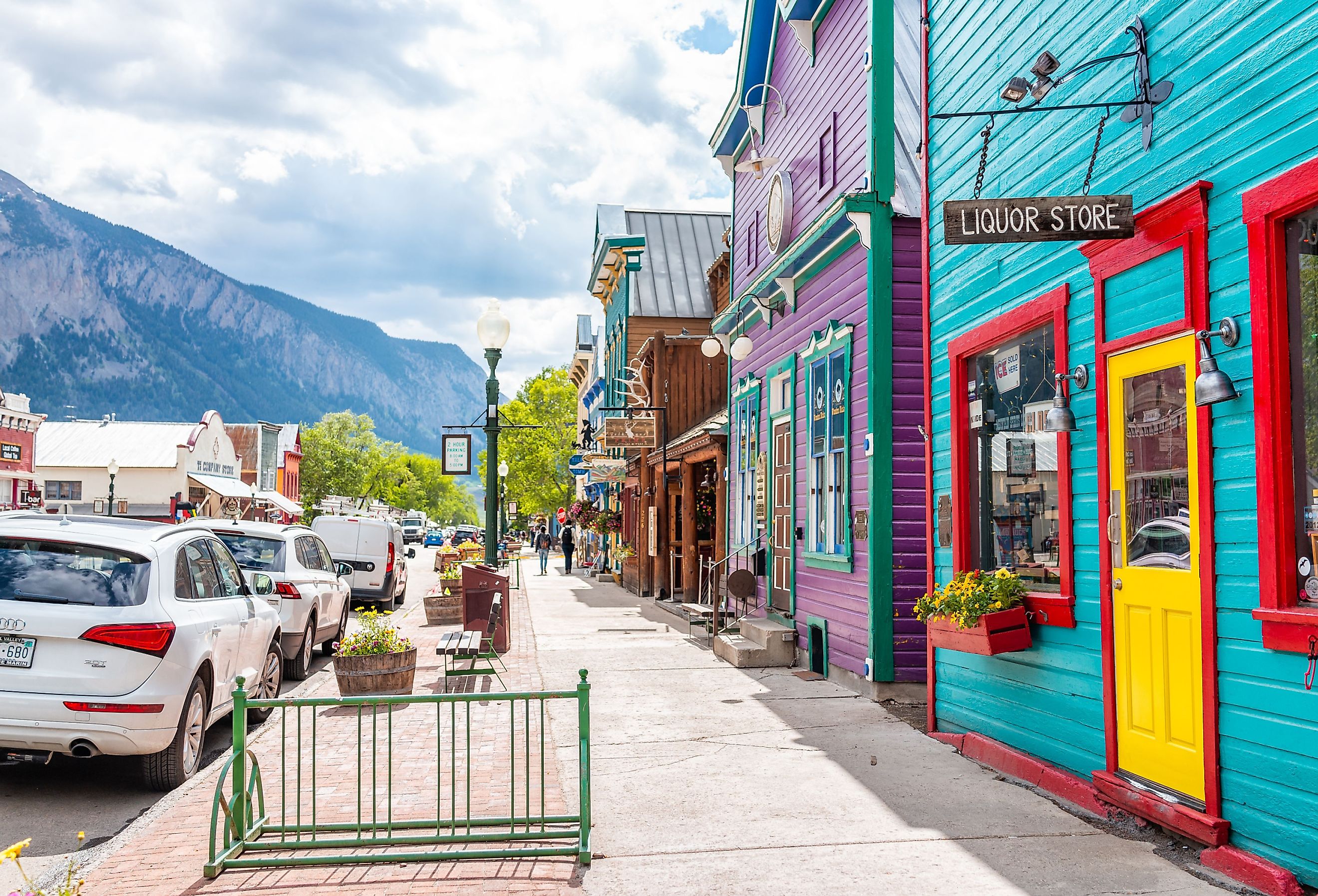
8 Most Vibrant Towns in Colorado
Colorado, a state located in the western United States, has a geography that ranges from the Rocky Mountains to desert lands to river canyons. With a population exceeding 5.7 million people and encompassing an area of over 104,000 square miles, it stands as the 8th largest and the 21st most populous US state. Denver is both the capital of the state and its largest city. But, what about the lesser-known side of the state? The vibrant towns spread throughout Colorful Colorado, take pride in the surrounding beauty, set apart from the urban sprawl of the major cities.
Telluride
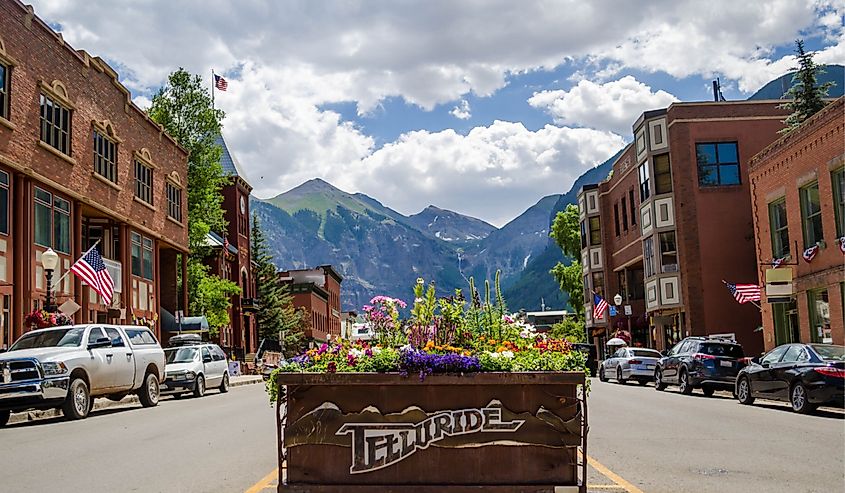
Telluride is a town in southwestern Colorado, with a population of 2,528. Established during the silver mining boom in the late 19th century, it sits in a box canyon amid the forested mountains and cliffs of the San Juan Mountains at an elevation of 8,750 feet. The town's rich mining heritage shaped its early development. Today, Telluride has evolved from its mining roots into a resort destination.
Telluride boasts several attractions that attract visitors. Among them, the Telluride Ski Resort, located within the Mountain Village, has challenging ski slopes and views of the surrounding mountains. In the warmer months, Bridal Veil Falls, Colorado’s tallest free-falling waterfall, is a natural spectacle and hiking destination just outside the town. For cultural pursuits, the Telluride Film Festival annually makes the town a gathering place for filmmakers and moviegoers. Independent and documentary films from around the world are shown during this festival. In 2024, it will occur from August 29th to September 2nd.
Crested Butte
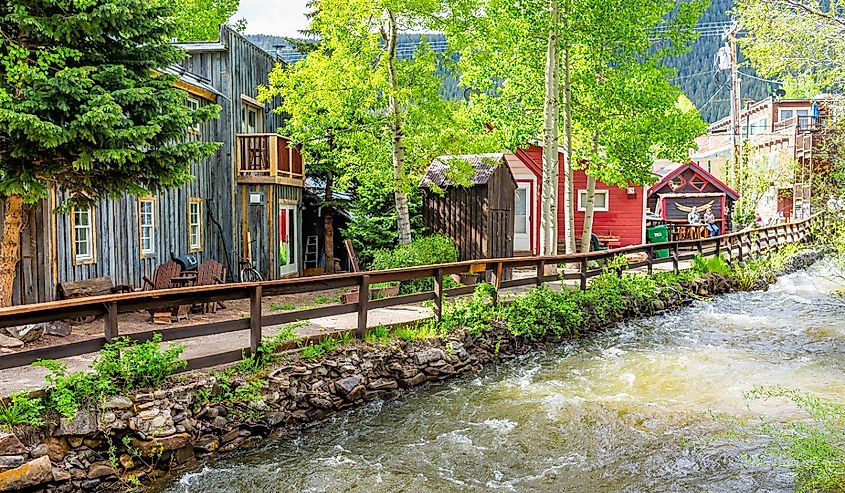
Also established as a mining town in the late 19th century, Crested Butte (pop. 1,626), sits at an elevation of 8,909 feet. The town is enveloped by the Elk Mountains and has an alpine environment. It is distinguished by its commitment to preserving its historical architecture, with many of its original buildings now hosting galleries, like Paragon Gallery, and restaurants, including Bonez.
The Crested Butte Mountain Resort is the spot for skiing and snowboarding in Crested Butte, with extensive trails and advanced terrain. During the summer, the wildflower-dense landscapes of the nearby Gunnison National Forest attracts hikers, mountain bikers, and nature photographers, earning Crested Butte the title of "Wildflower Capital of Colorado." Additionally, the town's historical significance is showcased at the Crested Butte Mountain Heritage Museum. Visitors can explore exhibits on the area's mining history and skiing evolution.
Manitou Springs
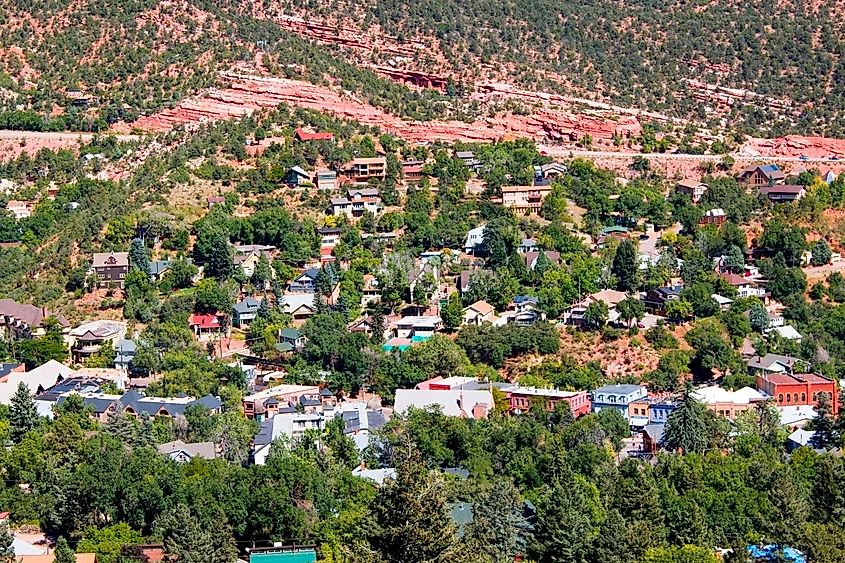
Manitou Springs, Colorado, is a small town with a population of 4,800, located just west of Colorado Springs at the foot of Pikes Peak, one of the most famous mountains in the United States. Established in 1872, the town's name, "Manitou," derives from the Native American word for "spirit." The town is thought to be a place of healing due to the natural mineral springs scattered throughout the town.
Among the attractions that contribute to the vibrancy of Manitou Springs is the Manitou Cliff Dwellings, a rare site where visitors can see Ancestral Puebloan structures relocated from the Four Corners area. The town is also home to the Broadmoor Manitou and Pikes Peak Cog Railway, the world's highest cog railway, which ascents to the summit of Pikes Peak. Additionally, the Miramont Castle Museum is a historic Victorian-era museum built in 1895 by Father Jean Baptiste Francolon, a French-born Catholic priest. The museum, now preserved by the Manitou Springs Historical Society, has 30 rooms with a blend of nine architectural styles, including Tudor, Gothic, and Byzantine.
Ouray
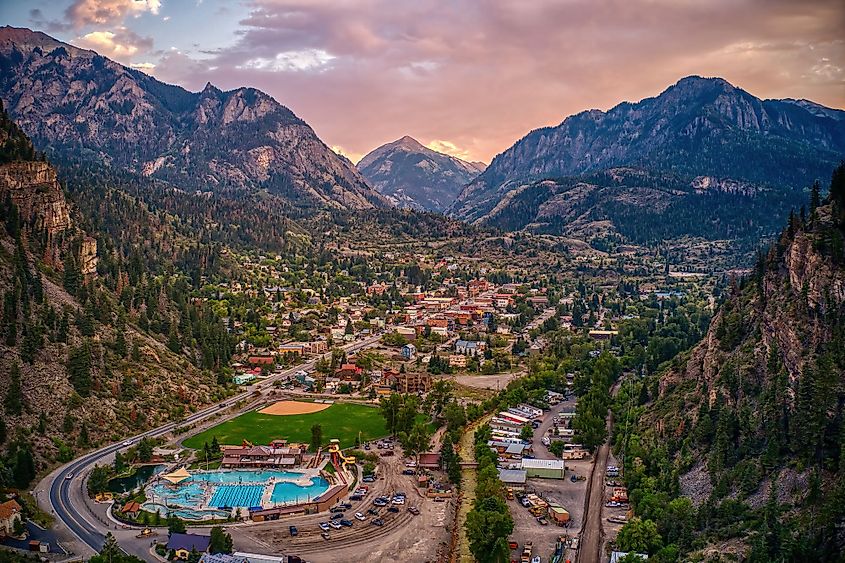
Ouray, Colorado, is a small municipality in the San Juan Mountains in the southwestern part of the state. With a population of 917, Ouray has an elevation of 7,792 feet above sea level, which contributes to its nickname, "Switzerland of America." Its compact size belies a history rooted in the late 19th century, marked by the silver and gold rush era. This period has left a lasting architectural legacy in the town's Victorian buildings, which can be seen by walking through the Ouray Historic District.
Ouray is distinguished by its natural hot springs, which have been a central part of its identity. Guests can enjoy its geothermal waters at the Ouray Hot Springs Pool. The three pools range in temperature from 80 to 105 degrees and have mountain views. Another notable landmark is the Box Canyon Falls, where water cascades down a narrow quartzite canyon. For history enthusiasts, the Ouray County Museum is a regional history museum housed in the former St. Joseph's Miners' Hospital, built in 1886. It has three floors of exhibits that cover the geological, Native American, mining, and pioneer history of Ouray County.
Paonia
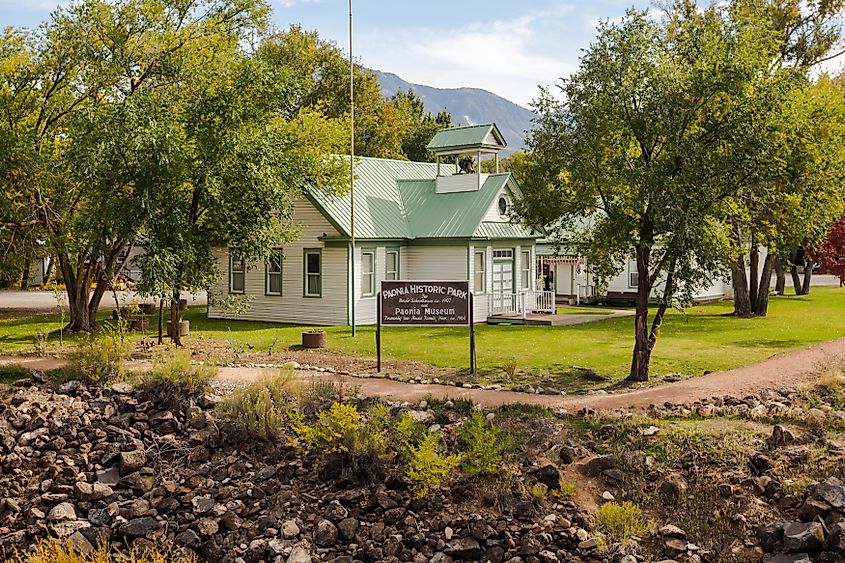
Paonia, home to a population of 1,436, is a small town in Delta County on Colorado's Western Slope. The town, established in the late 19th century, has evolved into a place for organic farming, winemaking, and art. Its economic foundation is deeply tied to agriculture, particularly its orchards and vineyards, which contribute significantly to its economy.
The town's vibrancy is further underscored by attractions such as North Fork Valley. Its nearby wineries and organic farms, both of which can be found at Mesa Winds Winery, have tours and tastings for visitors. The Black Canyon of the Gunnison National Park, located nearby, provides outdoor activities like hiking and rock climbing. Additionally, Paonia's creative spirit is celebrated annually in September during the Mountain Harvest Festival, where visitors take in Colorado's vibrant music scene, explore local arts and crafts, and engage in a variety of entertaining activities, such as the Great Chili Cookoff, farm tours, a pub crawl, and a comedy show.
Salida
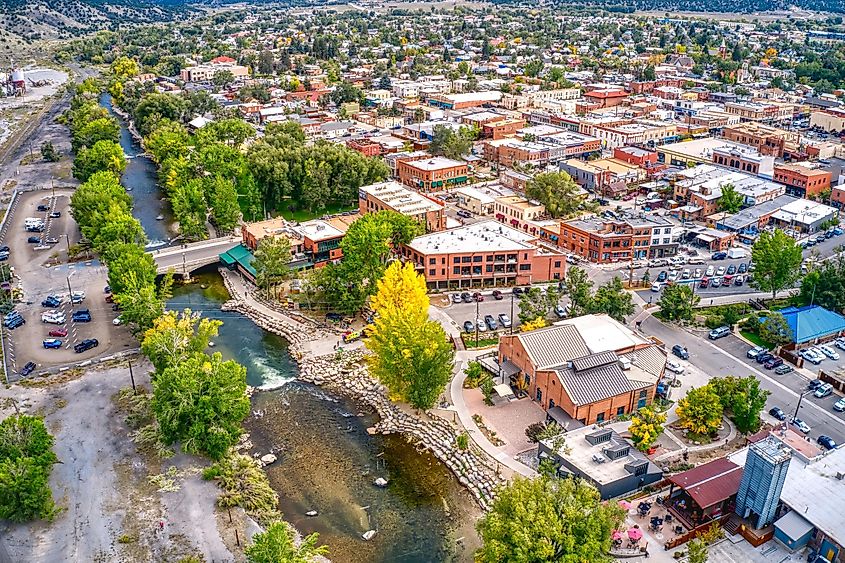
Salida, Colorado, with a population of 5,909, is situated in Chaffee County and stands at an elevation of 7,083 feet above sea level. This town is marked by its designated Creative District and the Arkansas River that threads through its landscape. Salida's history as a railroad town and its subsequent transformation into a cultural and recreational hotspot exemplify its adaptability and community spirit.
Beyond the Arkansas River's activities, Salida is home to several attractions. The Tenderfoot Mountain, also known as "S" Mountain for the large, illuminated "S" on its side has hiking trails with views of the town and surrounding valley. The Salida Museum delves into the region's history, from its Native American roots to its mining and railroad days. Additionally, the Mt. Shavano Fish Hatchery, one of the largest in the state, invites visitors to learn about fish rearing and wildlife conservation.
Leadville
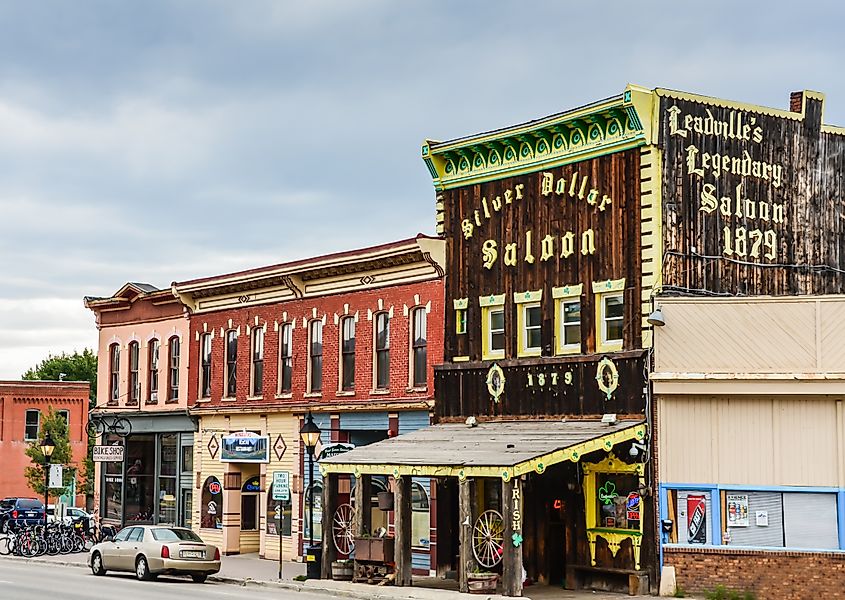
Leadville, Colorado, stands at an elevation of 10,152 feet, making it the highest incorporated city in the United States. Home to 2,612 residents, this city is steeped in mining history—it was established in the late 19th century during the Silver Boom. One notable figure among Leadville's historic residents is Horace Tabor, known for his scandalous departure from his wife to marry a younger woman and his role in uncovering one of the state's most lucrative silver strikes.
At the National Mining Hall of Fame and Museum in Leadville, visitors can discover over 1,000 minerals, crystals, and gems sourced globally, try gold panning, and tour replicas of underground mines. Another notable attraction is the Leadville Historic District. The district includes an assortment of masonry structures accompanied by residential and commercial buildings that collectively reflect the aesthetic typical of late 19th-century western mining communities. For nature enthusiasts, go hiking or boating at the nearby Turquoise Lake. This sizable glacial lake spanning almost 1,800 acres was formerly the site of a turquoise mine.
Durango
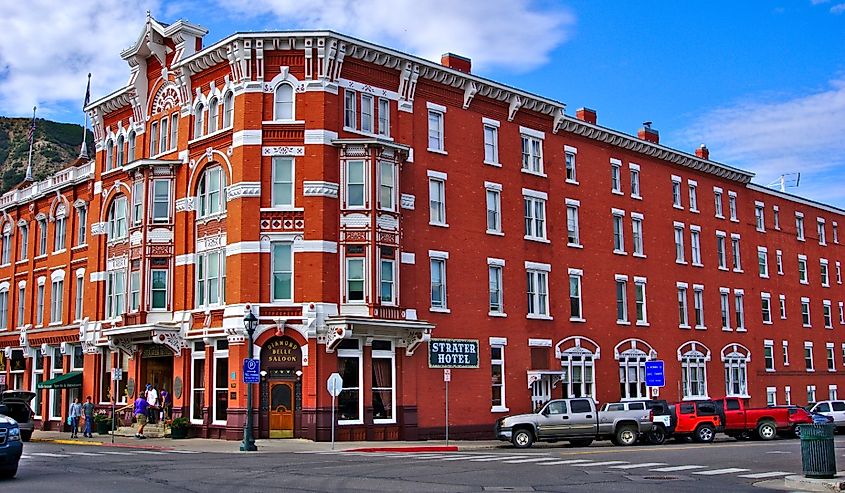
Durango, Colorado, is a small city that has a population of 20,307, located in La Plata County in the southwestern part of the state. It was founded in 1880 by the Denver and Rio Grande Railroad to serve the San Juan mining district. At an elevation of 6,512 feet, Durango experiences a mixture of desert and mountain climates.
A top attraction in the town is the Durango & Silverton Narrow Gauge Railroad, an operational steam train that rides through the San Juan National Forest between Durango and Silverton. Also, situated between these two towns, find the year-round and family-friendly ski resort, Purgatory Resort. Mesa Verde National Park, located a short distance from Durango, is a spot for visitors to discover the ancient Puebloan culture through its well-preserved cliff dwellings and archaeological sites. Additionally, the Animas River Trail has a recreational pathway for walking, biking, and enjoying nature along the Animas River.
Colorado's geography and history are reflected in its smaller towns. From the mining heritage of Telluride and Leadville to the outdoor paradises of Crested Butte and Ouray, these towns blend cultural richness and natural beauty. Manitou Springs, Paonia, Salida, and Durango further illustrate this, offering everything from ancient ruins and organic farms to vibrant arts scenes and historic railways. These vibrant communities show the lesser-known aspects of Colorado and provide a deeper understanding of the state beyond the major urban centers.
